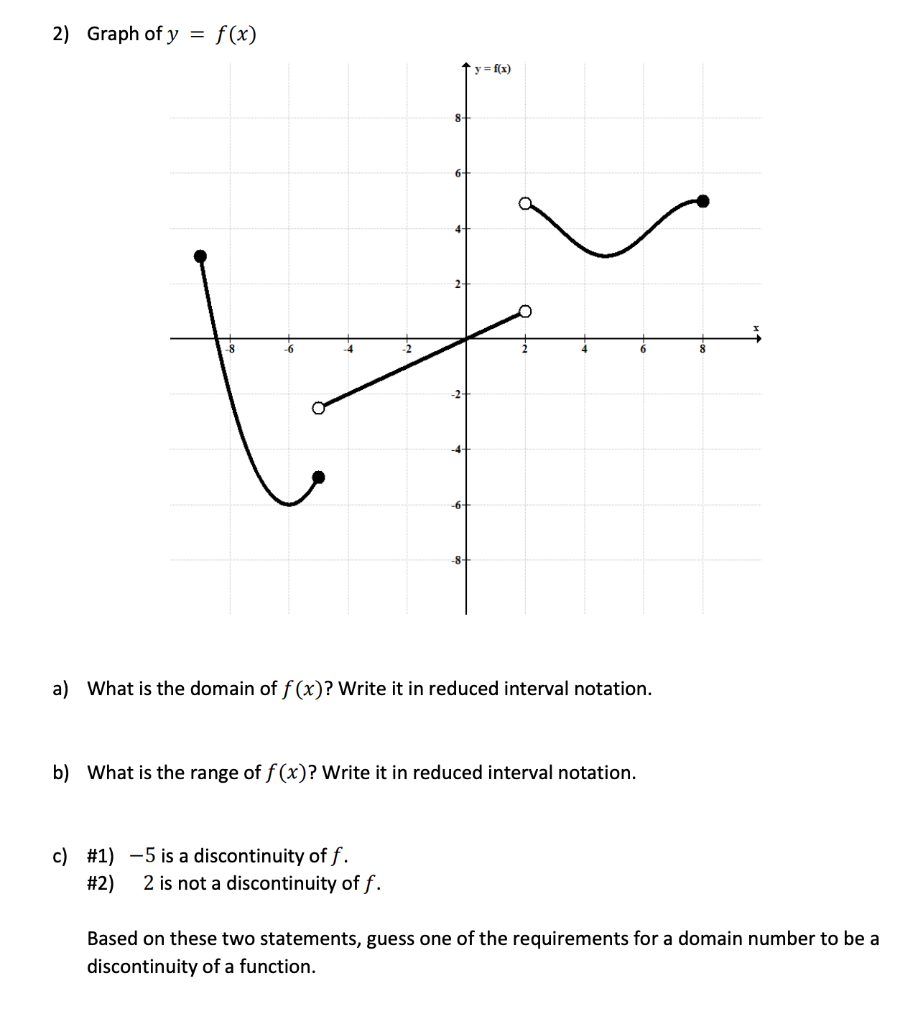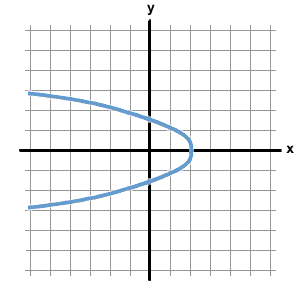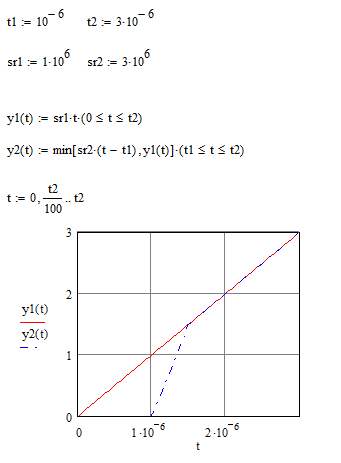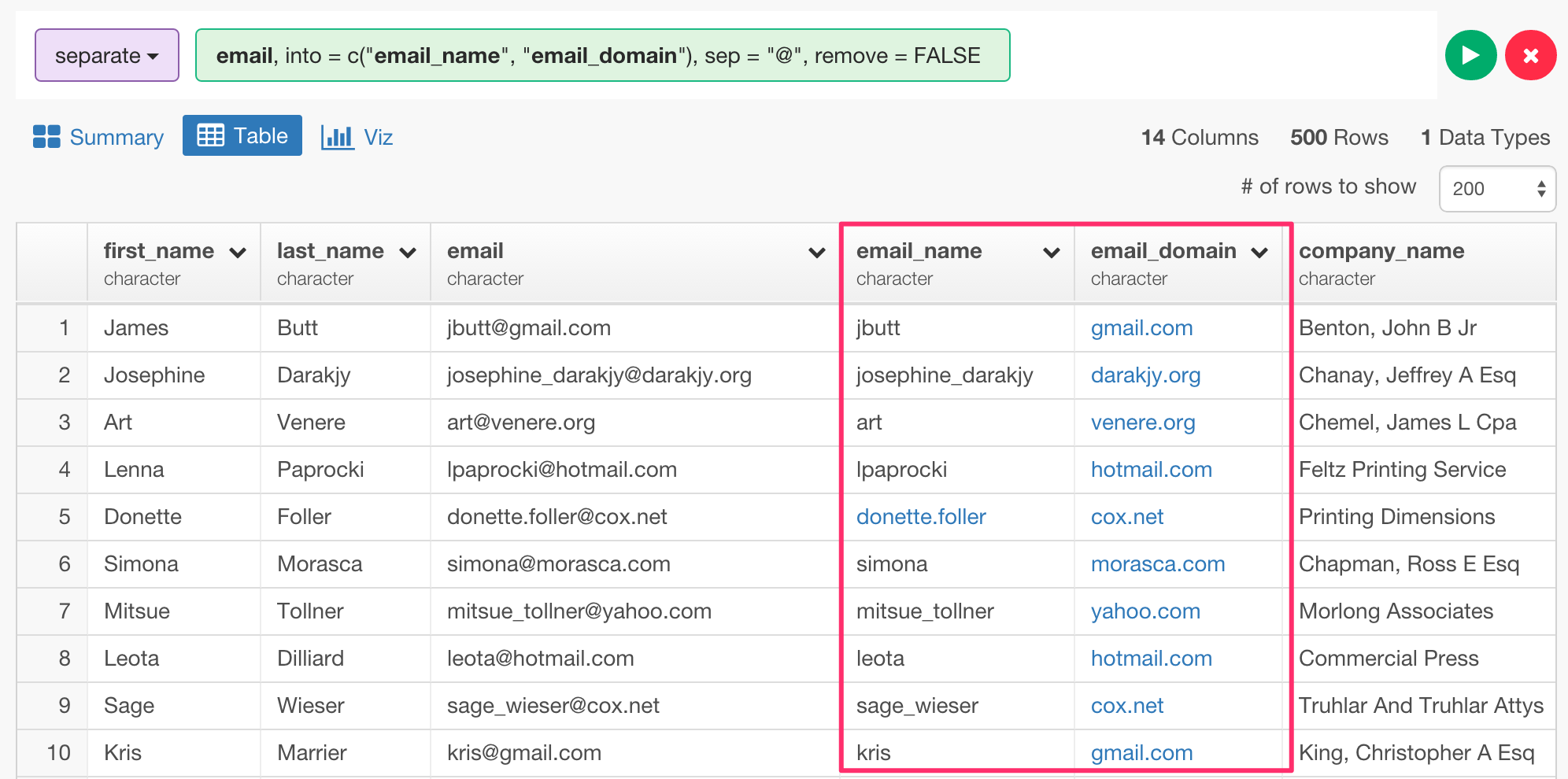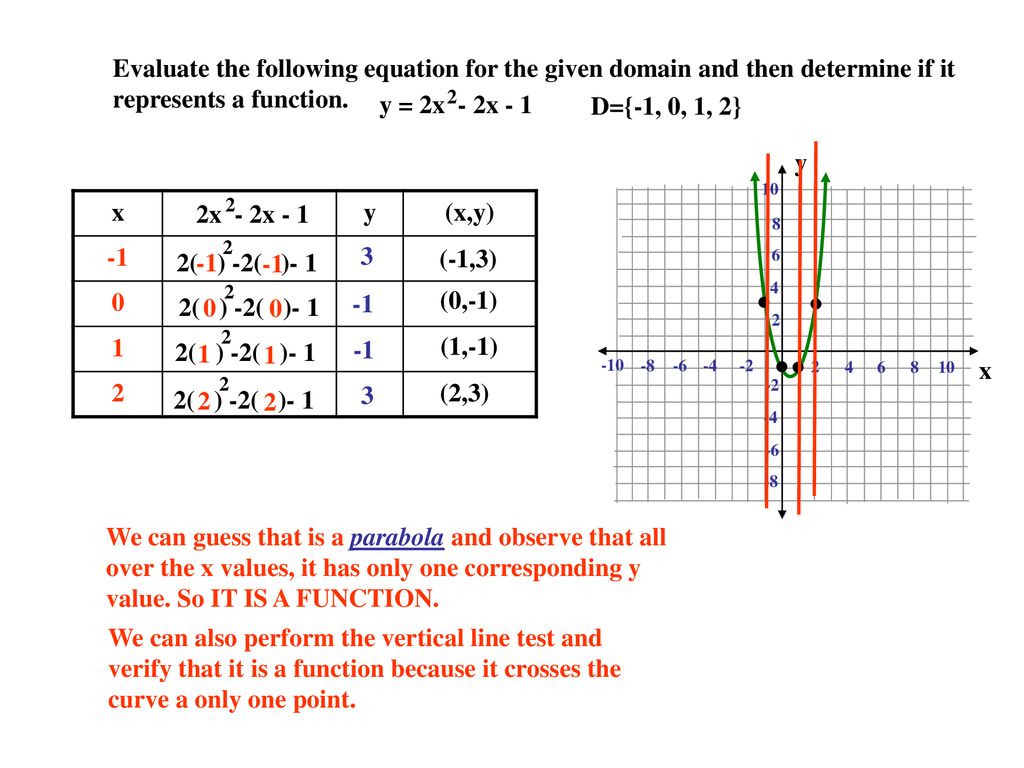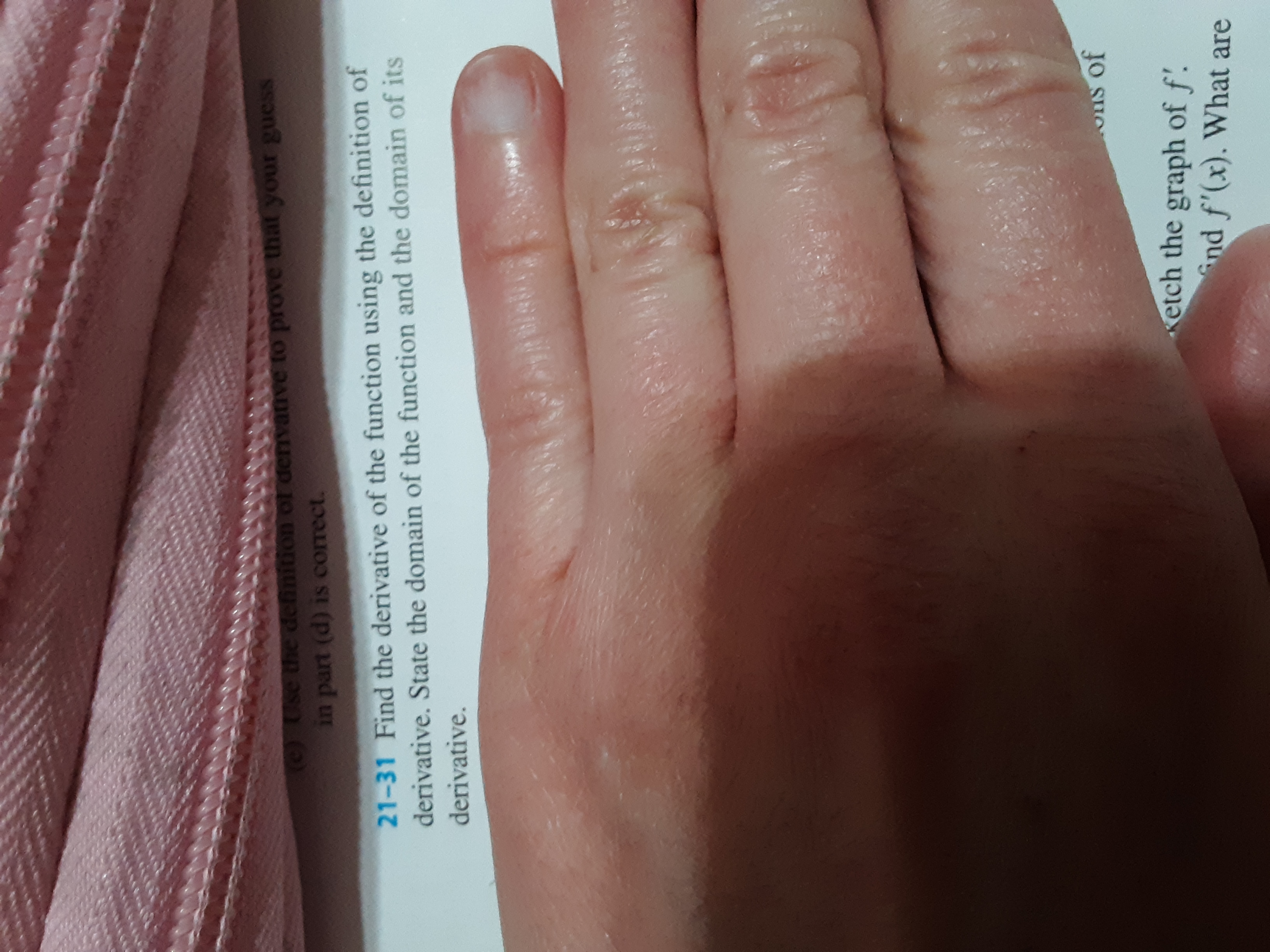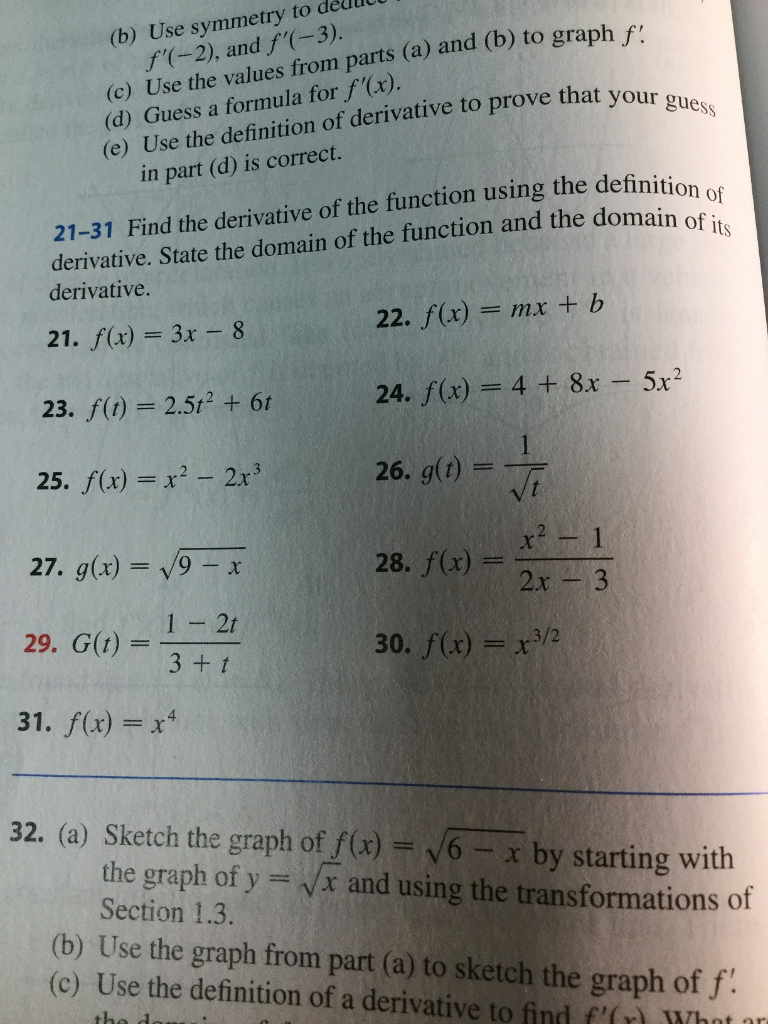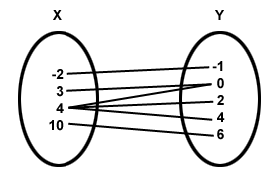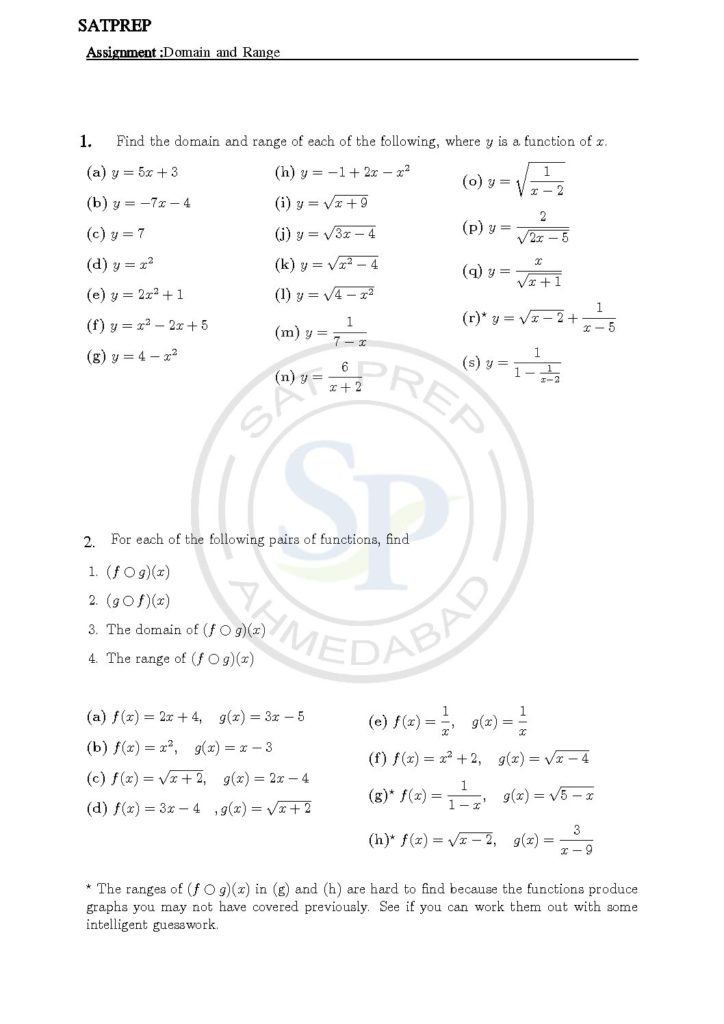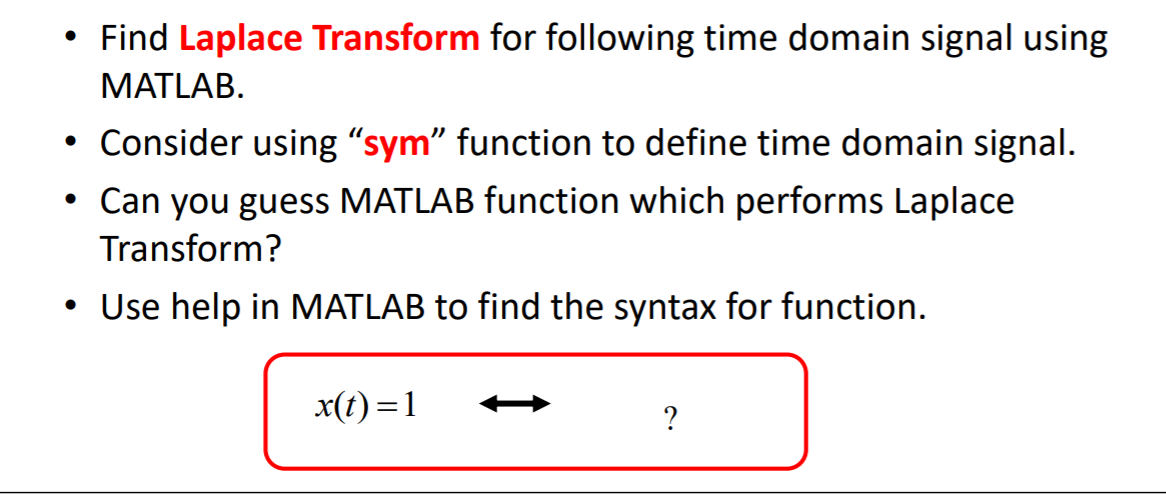
Figuring out how to teach the basics in Algebra 2 can be hard. Take the guess work out by using the Foundations for Func… | Algebra lesson plans, Algebra, Algebra 2

Determine whether the curve is the graph of a function of x . If it is, state the domain and range of the function. | bartleby

Colin Hegarty on Twitter: "Domain and range tricky question. Only 20% of answers correct. See student's comment. Anyone want to guess most common wrong range given?… https://t.co/OoYeI08GTJ"
Can someone explain to me how I find the domain and range for this function. I guess the Domain this is why. Also I did part C don't mind that part. :

